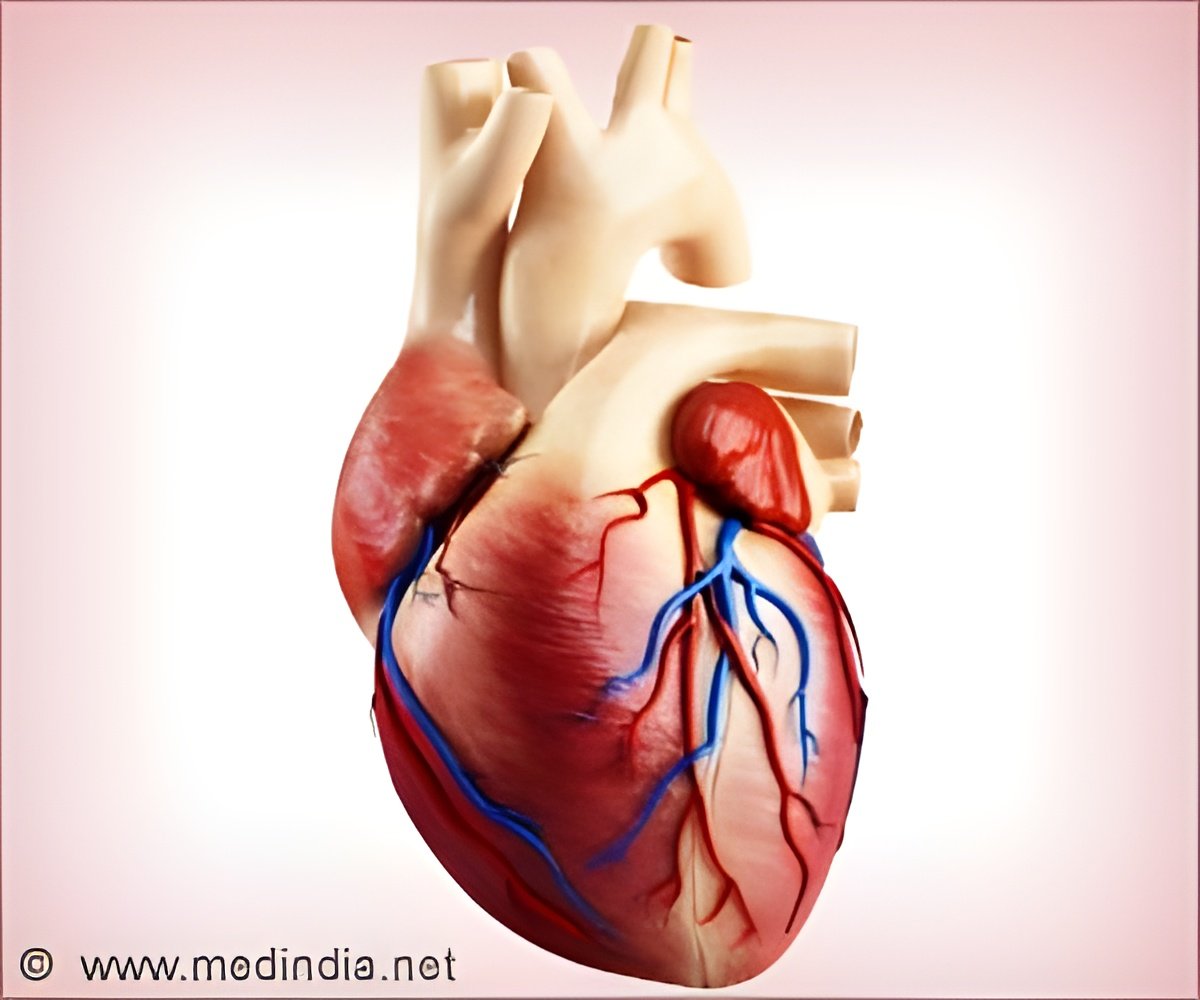
Rubin and Wagers each said that, baring unexpected developments, they expect to have GDF11 in initial human clinical trials within three to five years. Postdoctoral fellow Lida Katsimpardi is the lead author on the Rubin group's paper, and postdocs Manisha Sinha and Young Jang are the lead authors on the paper from the Wagers group. Both studies examined the effect of GDF11 in two ways. First, by using what is called a parabiotic system, in which two mice are surgically joined and the blood of the younger mouse circulates through the older mouse. And second, by injecting the older mice with GDF11, which in an earlier study by Wagers and Richard Lee, of Brigham and Women's Hospital who is also an author on the two papers released today, was shown to be sufficient to reverse characteristics of aging in the heart. Doug Melton, co-chair of HSCRB and co-director of HSCI, reacted to the two papers by saying that he couldn't "recall a more exciting finding to come from stem cell science and clever experiments. This should give us all hope for a healthier future. We all wonder why we were stronger and mentally more agile when young, and these two unusually exciting papers actually point to a possible answer: the higher levels of the protein GDF11 we have when young. There seems to be little question that, at least in animals, GDF11 has an amazing capacity to restore aging muscle and brain function," he said.
Melton, Harvard's Xander University Professor continued, saying that the ongoing collaboration between Wagers, a stem cell biologist whose focus has been on muscle, Rubin, whose focus is on neurodegenerative diseases and using patient generated stem cells as targets for drug discover, and Lee, a practicing cardiologist and researcher, "is a perfect example of the power of the Harvard Stem Cell Institute as an engine of truly collaborative efforts and discovery, bringing together people with big, unique ideas and expertise in different biological areas."
As Melton noted, GDF11 is naturally found in much higher concentration in young mice than in older mice, and raising its levels in the older mice has improved the function of every organ system thus far studied. Wagers first began using the parabiotic system in mice 14 years ago as a post doctoral fellow at Stanford University, when she and colleagues Thomas Rando, of Stanford, Irina Conboy, of UC Berkley, and Irving Weissman, of Stanford, observed that the blood of young mice circulating in old mice seemed to have some rejuvenating effects on muscle repair after injury.
Source-Eurekalert














